The UK’s Automated Ships Ltd (an M Subs Ltd subsidiary) and Norway’s Kongsberg Maritime have signed a Memorandum of Understanding to build the world’s first unmanned and fully-automated vessel for offshore operations. In January 2017, Automated Ships Ltd will contract the ‘Hrönn’, which will be designed and built in Norway in cooperation with KONGSBERG. Sea trials will take place in Norway’s newly designated automated vessel test bed in the Trondheim fjord and will be conducted under the auspices of DNV GL and the Norwegian Maritime Authority (NMA). The Hrönn will ultimately be classed and flagged, respectively.
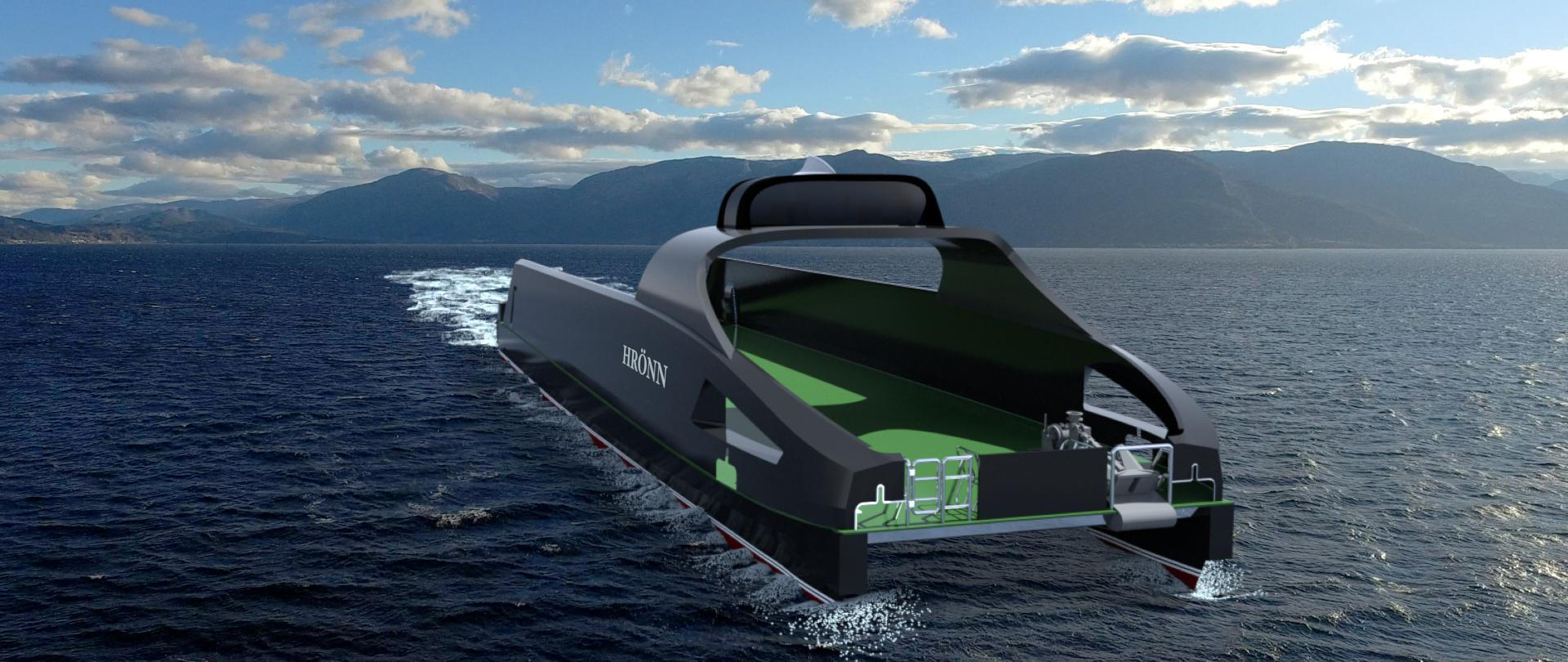 Artists impression of the ‘Hrönn’
Artists impression of the ‘Hrönn’
Currently, only small unmanned boats are being utilized for near shore operations but there are no technical limitations to constructing large, unmanned and automated systems. The only impediments are regulatory, but with the participation of DNV GL and the NMA, and Norwegian and UK companies and institutions, it will be possible to rapidly and at low-cost be the first to market with a full-size unmanned ship.
Hrönn is a light-duty, offshore utility ship servicing the offshore energy, scientific/hydrographic and offshore fish-farming industries. Its intended uses include but are not limited to: Survey, ROV (Remotely Operated Vehicle) and AUV (Autonomous Underwater Vehicle) Launch & Recovery, light intermodal cargo delivery and delivery to offshore installations, and open-water fish farm support. The vessel can also be utilized as a standby vessel, able to provide firefighting support to an offshore platform working in cooperation with manned vessels. Automated Ships Ltd is currently in discussion with several end-users that will act as early-adopters and to establish a base-rate for operations and secure contracts for Hrönn offshore, in the near future.
Hrönn will initially operate and function primarily as a remotely piloted ship, in Man-in-the-Loop Control mode, but will transition to fully automated, and ultimately autonomous operations as the control algorithms are developed concurrently during remotely piloted operations.
Automated Ships Ltd will be the primary integrator, project manager and ship-owner of this world’s first fully automated and unmanned ship for commercial use. The project will leverage existing technology to develop a robust, flexible and low-cost ship to become the market leader and offer not only a capable work-boat but provide an unparalleled R&D asset for the furtherance of this emerging industry sector. KONGSBERG’s role in the project is to deliver all major marine equipment necessary for the design, construction and operation of Hrönn. The leading global maritime technology manufacturer will deliver all systems for dynamic positioning and navigation, satellite and position reference, marine automation and communication. All vessel control systems including K-Pos dynamic positioning, K-Chief automation and K-Bridge ECDIS will be replicated at an Onshore Control Centre, allowing full remote operations of the Hrönn.
“The advantages of unmanned ships are manifold, but primarily center on the safe guarding of life and reduction in the cost of production and operations; removing people from the hazardous environment of at-sea operations and re-employing them on-shore to monitor and operate robotic vessels remotely, along with the significantly decreased cost in constructing ships, will revolutionize the marine industry. Automated Ships Ltd will be at the forefront of that revolution, along with its many Norwegian partners,” said Managing Director Brett A. Phaneuf of Automated Ships Ltd.
“Research, innovation and technology development are at the core of DNV GL's business-development philosophy. In general, we are widely involved in the qualification of new shipping technology. Increased automation combined with remote monitoring and control is an inevitable trend and has the potential to create safer and more efficient transport and operations at sea. This may lead to unmanned ships, as in this case, and the technologies involved also have the potential to improve the safety and efficiency of manned ships in the form of increased decision support and operational assistance. The contract that has been announced today is a brave initiative and a major step towards the realization of these technologies, and we look forward to moving technology frontiers together with all those involved,” said Bjørn Johan Vartdal, Head of DNV GL Maritime Research.
“We are proud and excited to be part of the first project to actually realize the potential of unmanned vessels by supporting the construction of the first full size, fully operational example,” added Stene Førsund, EVP Global Sales & Marketing, Kongsberg Maritime. “The Hrönn is an incredible ship and a great example of KONGSBERG’s commitment to developing autonomous and unmanned vessels. We are involved in several major projects in this field including AUTOSEA, which focuses on integrated sensor technology and fusion, and automated collision avoidance systems. KONGSBERG is also a key stakeholder in the world’s first official autonomous vehicles test bed, which opened this September in the Trondheimsfjord.”
Hrönn is expected to be built by Fjellstrand AS, a Norwegian shipyard with a long history of building state-of-the-art aluminum fast ferries in addition to a number of steel offshore vessels and aluminum work boats. As the builder of the world’s first battery driven car ferry, ‘Ampere’, Fjellstrand AS is well known for taking the lead in maritime innovation and green technology.
“Fjellstrand AS has for years worked within the high-end development of new vessels. To design and build future ships with autonomic technology will be an exciting challenge, and follows the path laid from the recent building of Ampere where technology is pushed forward in good cooperation with partners,” said Morten Berhovde, Technical Director, Fjellstrand AS.


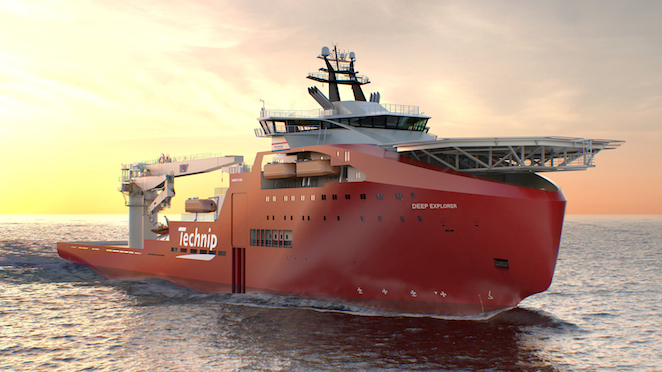 Image courtesy: Technip
Image courtesy: Technip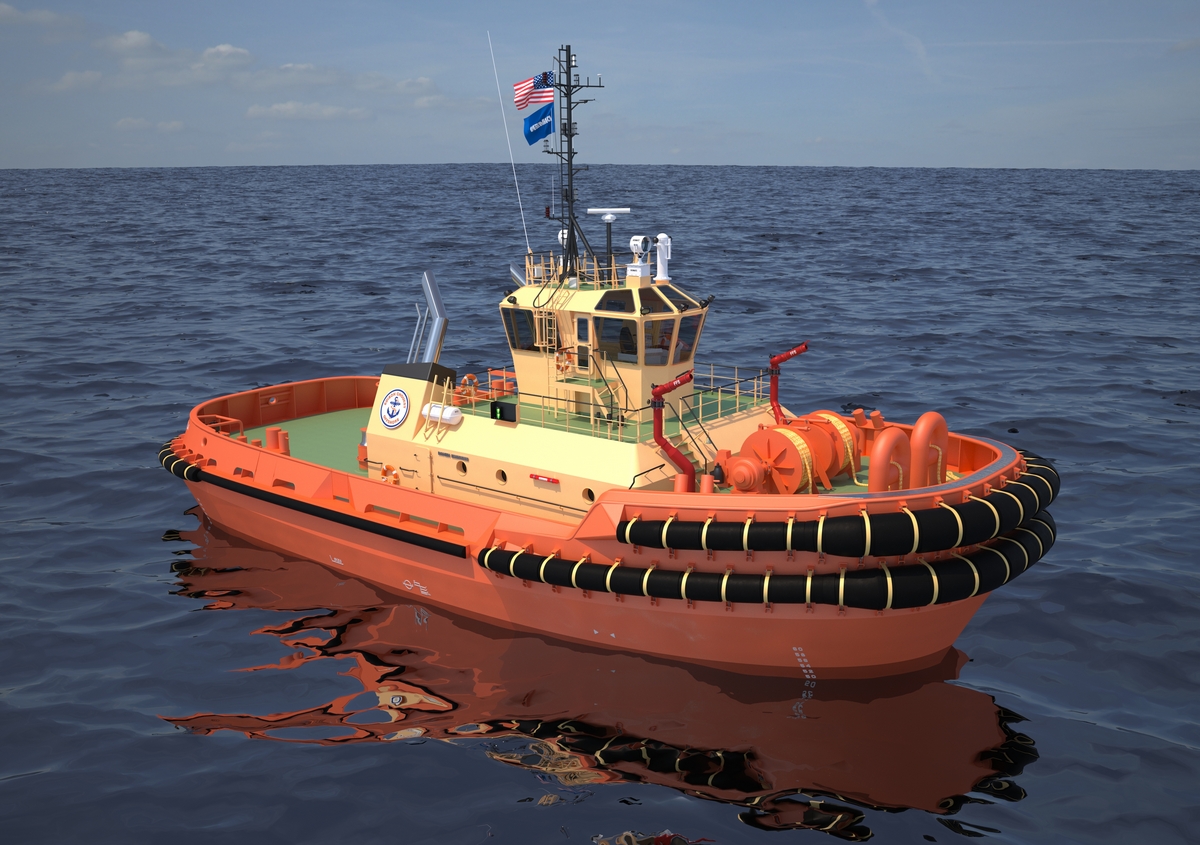 Image courtesy: Damen
Image courtesy: Damen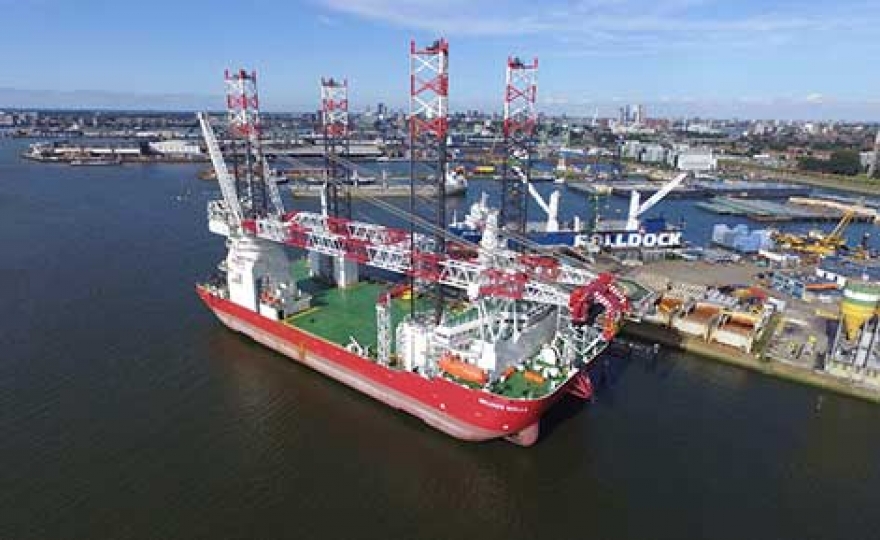
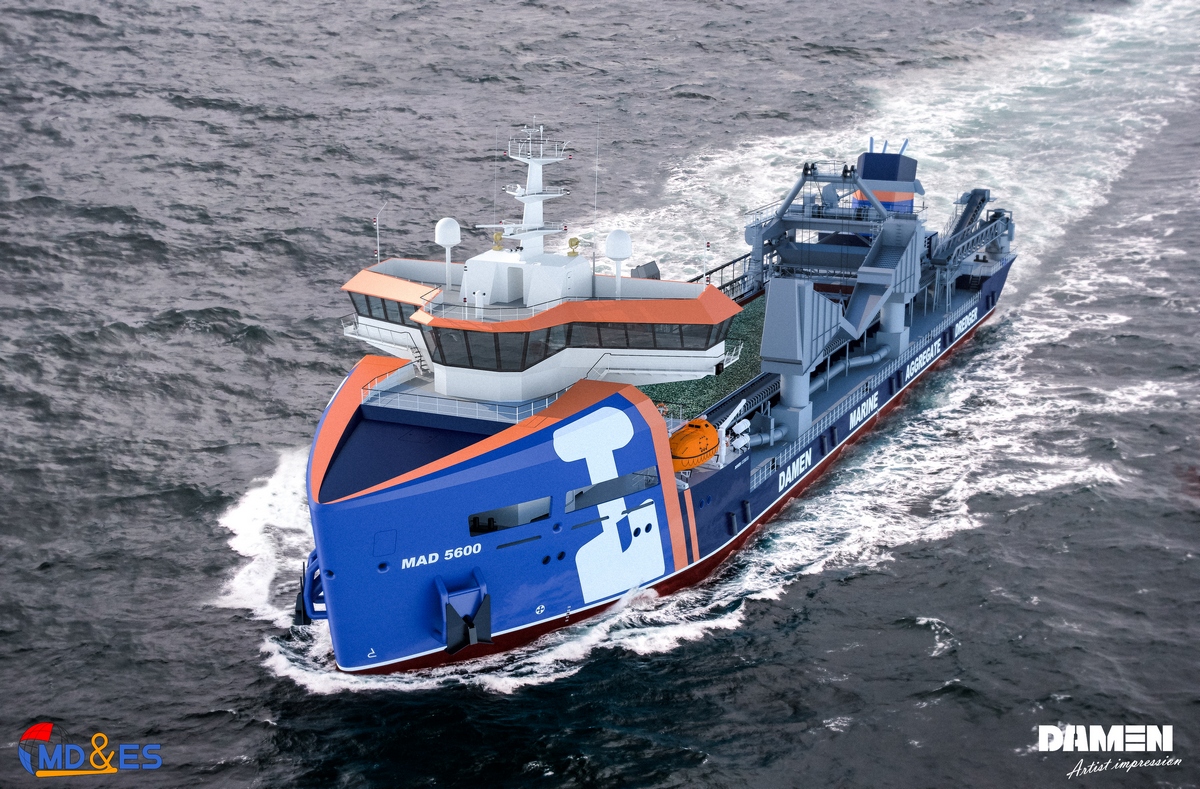 Photo courtesy: Damen
Photo courtesy: Damen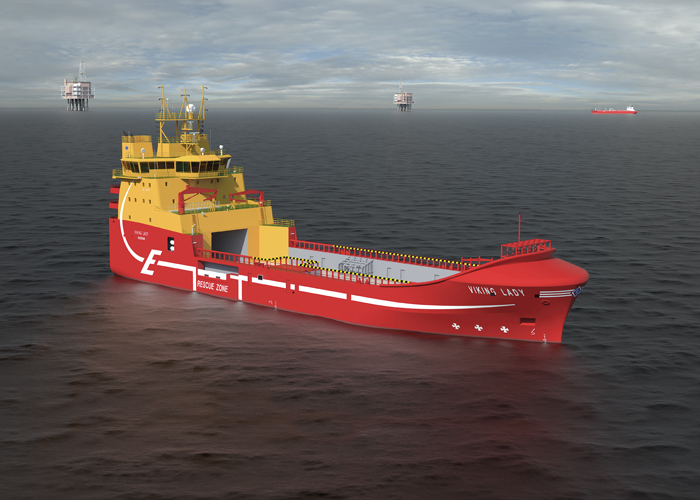 Viking Lady. Image courtesy DNV GL
Viking Lady. Image courtesy DNV GL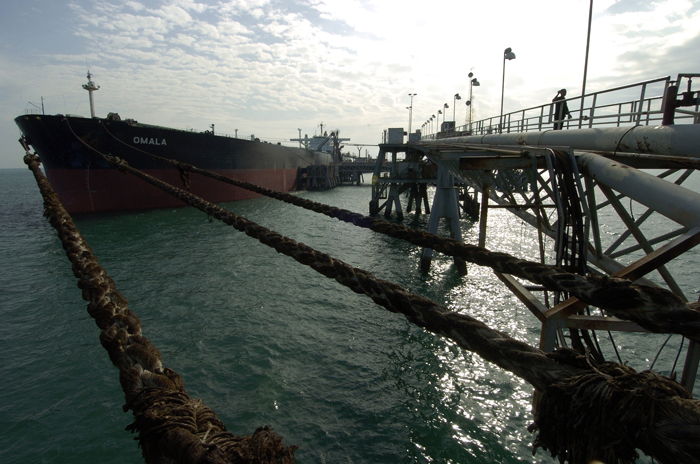 Sonardyne has appointed Scandinavian Aerospace and Industry AB as a reseller of its maritime security products in Denmark, Sweden, Finland and surrounding territories.
Sonardyne has appointed Scandinavian Aerospace and Industry AB as a reseller of its maritime security products in Denmark, Sweden, Finland and surrounding territories.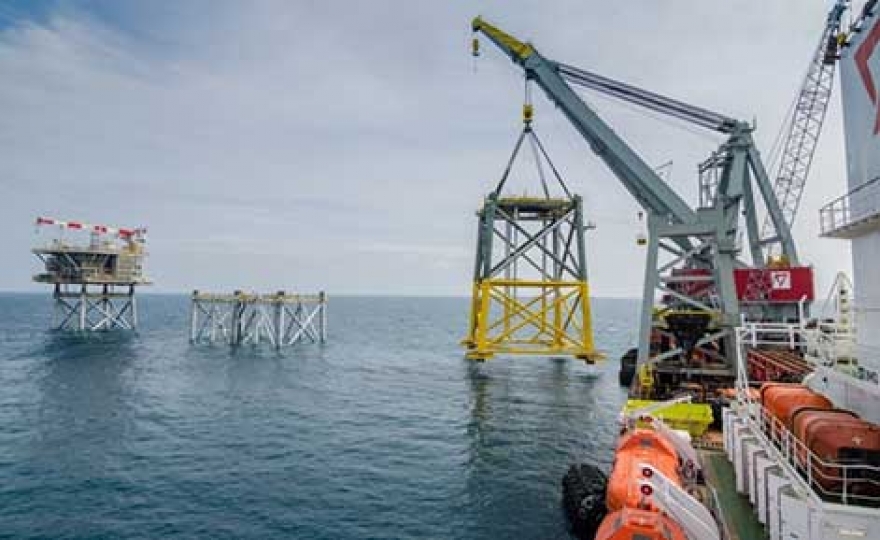
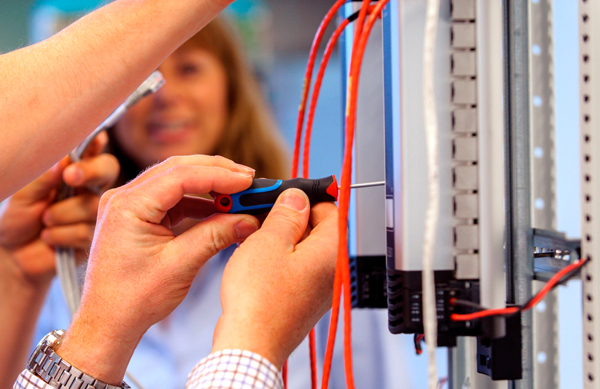 The new DP Maintenance Refresher Course directly addresses the latest IMCA guidelines
The new DP Maintenance Refresher Course directly addresses the latest IMCA guidelines Artists impression of the ‘Hrönn’
Artists impression of the ‘Hrönn’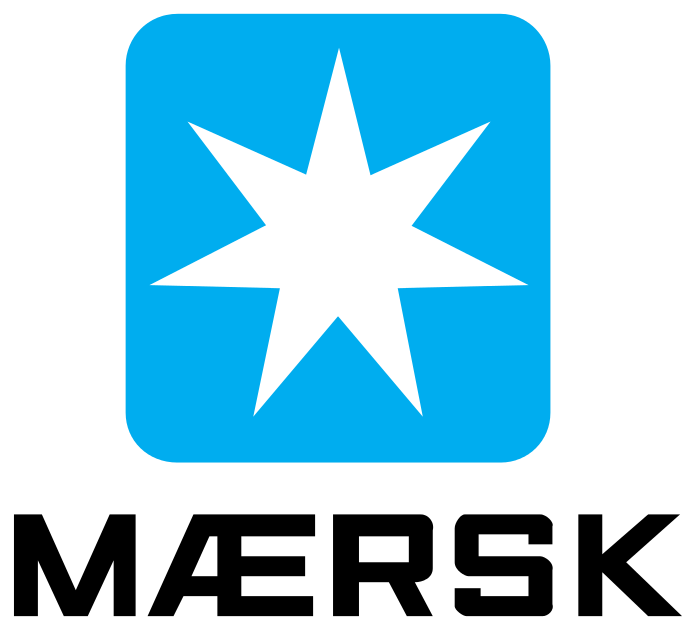 As announced on 23 June 2016, the Board of Directors has tasked the management of
As announced on 23 June 2016, the Board of Directors has tasked the management of 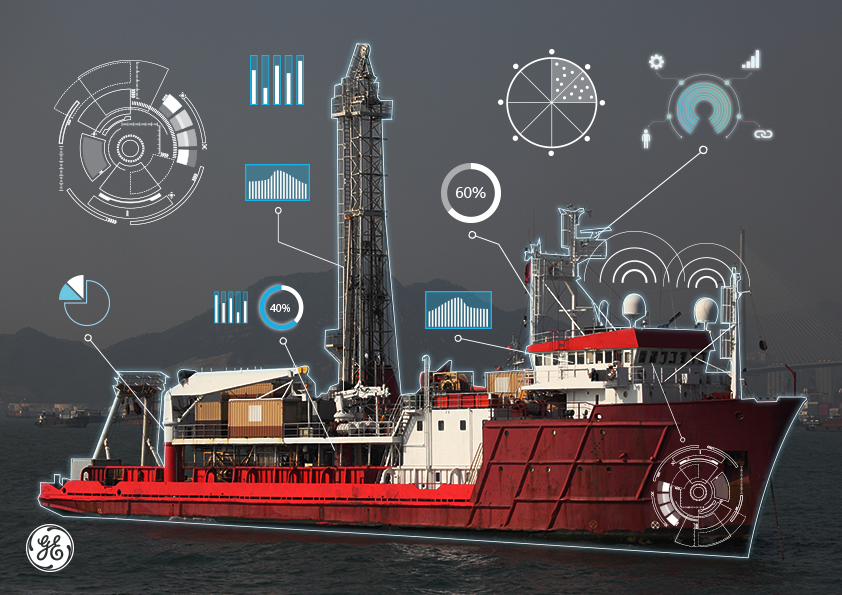 Image credit: GE’s Marine Solutions
Image credit: GE’s Marine Solutions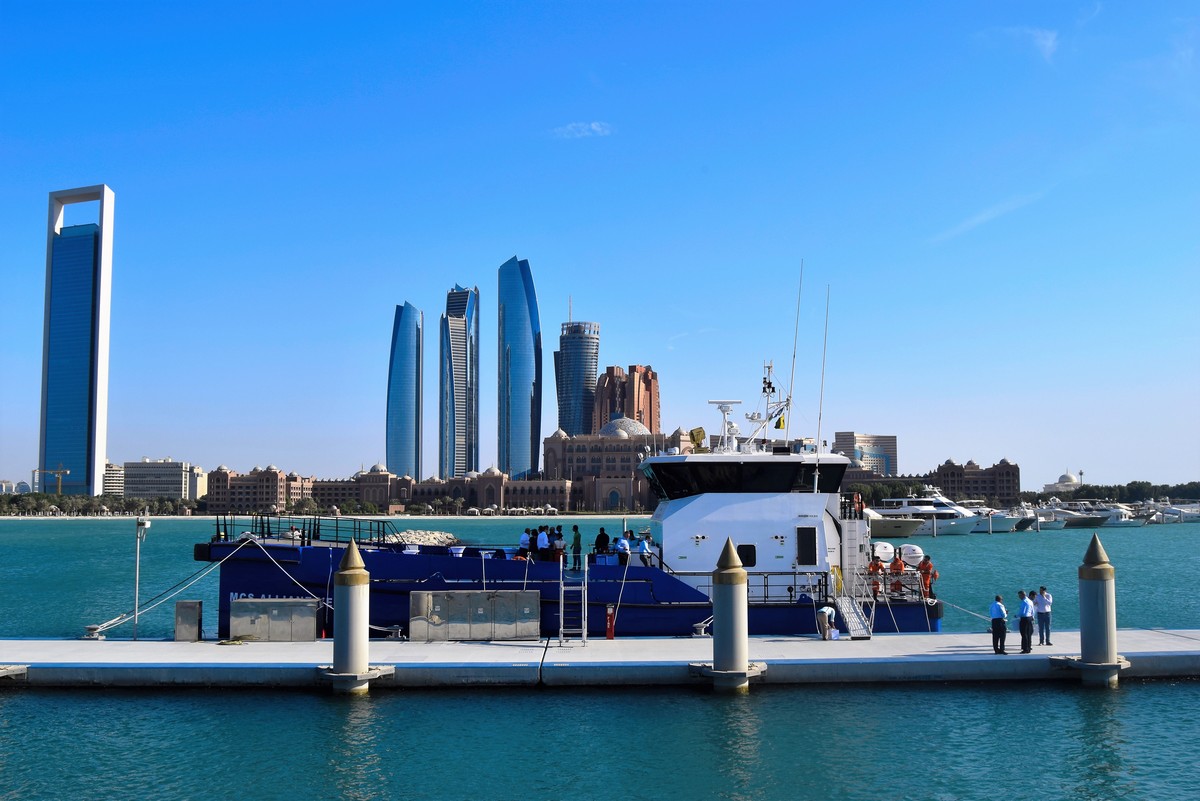 Photo credit: Damen
Photo credit: Damen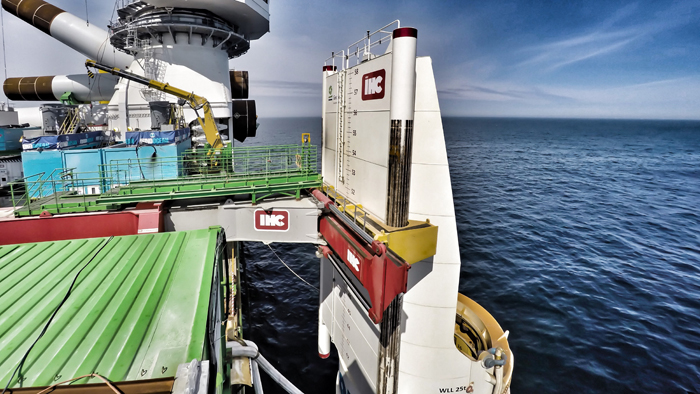 The Integrated Monopile Installer – developed by
The Integrated Monopile Installer – developed by 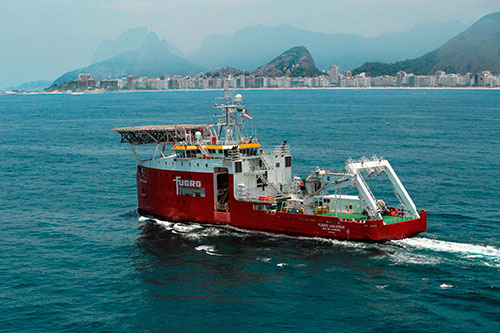 Fugro Aquarius
Fugro Aquarius